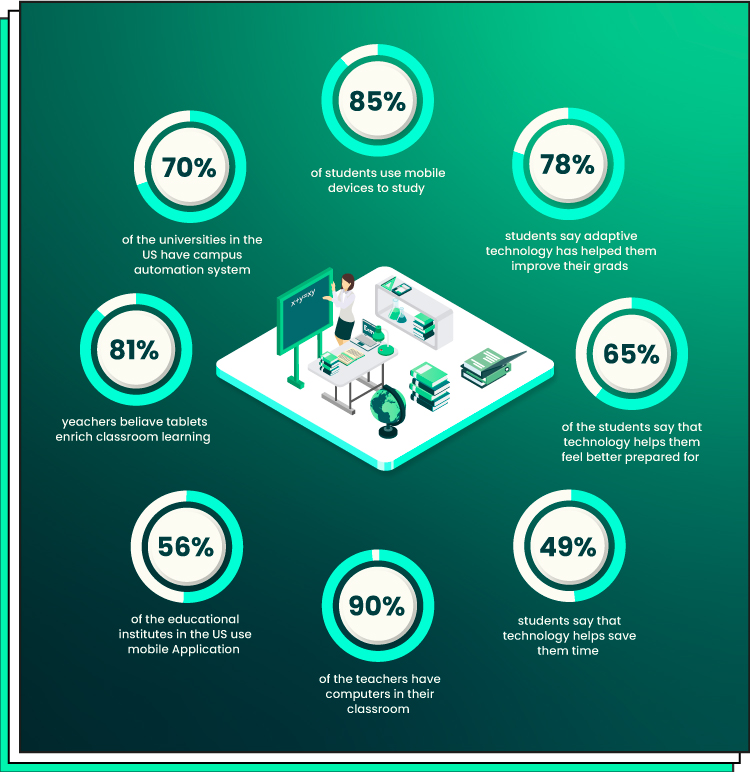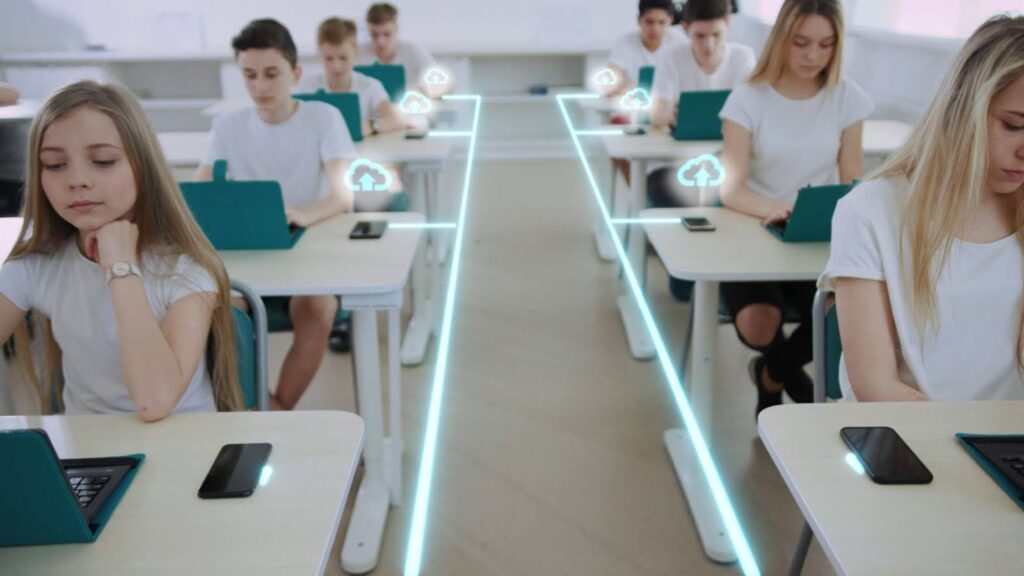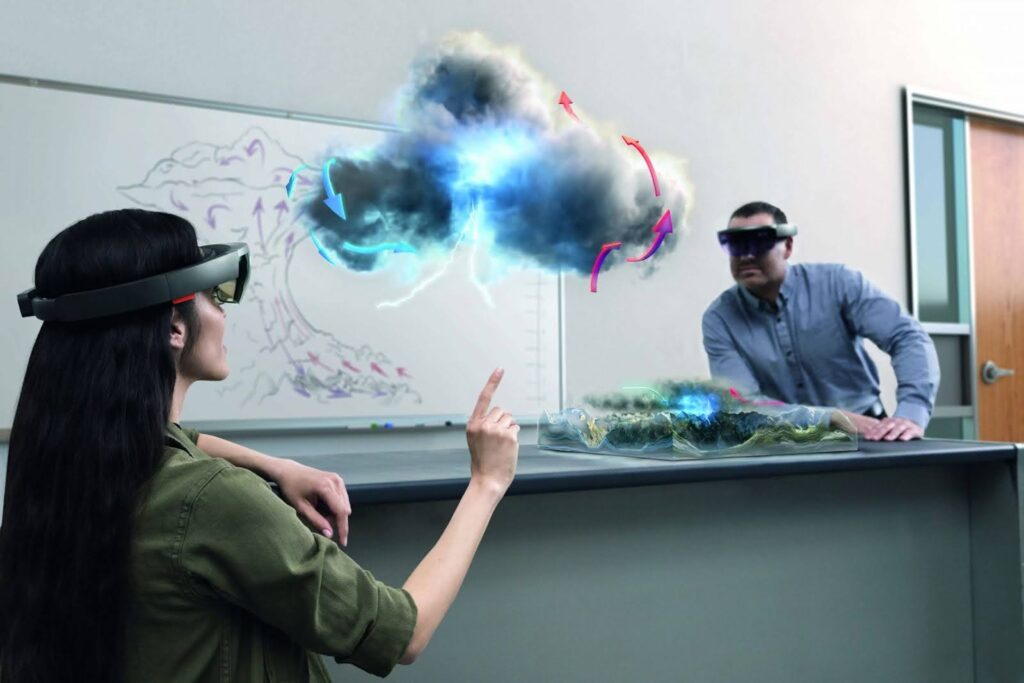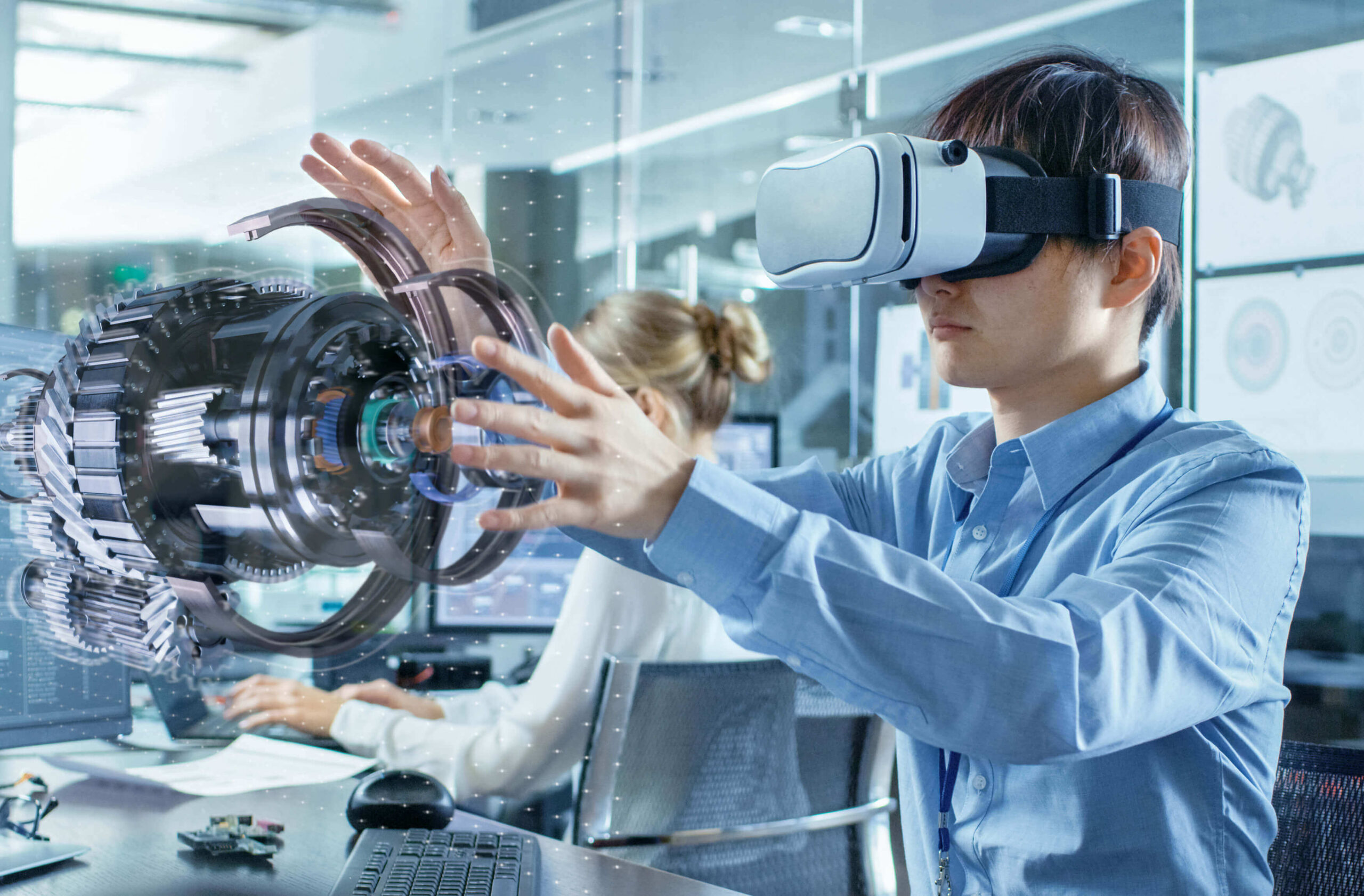In today’s fast-changing world, technology is becoming more important in education. As we move through the 21st century, we need to see how technology is changing education.
The way we learn is always changing. In the past, teachers talked and students remembered. But now, education is different. Teachers can use new tools and ways to teach, making learning more interesting and personal. Technology is becoming very important in classrooms. It changes how we learn. With new things, students can find lots of information easily. This helps them learn in more fun and active ways. Technology like online classes and smart tutors are making education better. They help all kinds of students learn better. As we welcome these changes, both teachers and students can look forward to a future where learning is easier, changes with us, and helps us all succeed.
In a nutshell 💡:
We checked out more than a million email marketing campaigns from the US, UK, Australia, and Canada. Here’s the lowdown:
- What’s the popular day for hitting the send button?
Most email marketers like for Tuesday, Wednesday, and Thursday.
2. Which day gets the most people opening their emails?
Thursday wins the prize for the highest open rate, with Monday not far behind.
3. When during the day do people open emails the most?
The hot times are between 9AM-12PM, and another spike between 12PM-3PM.
How Technology is Changing the Classroom
Technology is having a profound impact on education in several ways. Here are a few of the most important changes:
- Increased access to information: Technology has made it easier than ever for students to access information. With just a few clicks of a mouse, students can now access a wealth of information on any topic imaginable. This can help students learn more about the world around them and develop a deeper understanding of complex subjects.
- Personalized learning: Technology can be used to personalize learning experiences for students. For example, adaptive learning software can adjust the difficulty of learning materials based on a student’s individual needs. This can help students to learn at their own pace and master concepts before moving on.
- Improved engagement: Technology can make learning more engaging and interactive. For example, educational games and simulations can help students to learn in a fun and stimulating way. This can help students to stay motivated and focused on their studies.
- Enhanced collaboration: Technology can be used to enhance collaboration between students. For example, online learning platforms can allow students to work together on projects and assignments, even if they are not in the same physical location. This can help students to develop important teamwork skills.
Monday
Many people believe it’s not a good idea to send email newsletters on Mondays. Why? Because most folks feel a bit down on Mondays, facing the end of the weekend. When they get to work, their inboxes are filled with emails from the past few days. What’s the usual reaction? They tend to delete those emails right away!🤷
The Benefits of Technology in Education
In recent times, there has been a big change towards learning online. This change has happened faster because of global things like the COVID-19 pandemic. There are good things and not-so-good things about learning online. Online learning has made it possible for more people to learn, no matter where they are. It lets people choose when they want to learn, so they can fit it around their job, family, and other things they need to do.
There are many benefits to using technology in education. Here are a few of the most important:
- Improved student outcomes: Studies have shown that technology can improve student outcomes. For example, students who use technology in the classroom are more likely to score higher on standardized tests.
- Increased access to education: Technology can make education more accessible to students who would otherwise not have access to it. For example, online learning platforms can allow students in rural areas or developing countries to learn from world-class teachers.
- Reduced costs: Technology can help to reduce the costs of education. For example, online learning platforms can eliminate the need for expensive textbooks and other learning materials.
- Better prepared graduates: Students who are exposed to technology in the classroom are better prepared for the workforce. In today’s job market, workers need to be able to use technology effectively.

The Challenges of Technology in Education
While there are many benefits to using technology in education, there are also some challenges. Here are a few of the most important:
- The digital divide: Not all students have equal access to technology. This can create a digital divide between students who have access to technology and those who do not.
- The need for teacher training: Teachers need to be trained on how to use technology effectively in the classroom. Without proper training, teachers may not be able to get the most out of technology.
- The potential for distraction: Technology can be a distraction for students. Teachers need to establish clear guidelines for technology use in the classroom.
- Privacy concerns: There are some privacy concerns associated with the use of technology in education. Schools need to have policies in place to protect student data privacy.

The Role of Teachers in the Future of Education
While technology is playing an increasingly important role in education, it is important to remember that teachers will always be essential. Teachers play a vital role in creating a positive learning environment, motivating students, and helping students to develop critical thinking skills. In the future, teachers will need to develop new skills to effectively use technology in the classroom. However, the role of the teacher will not be replaced by technology.
The Qualities of a Future-Proof Teacher
In the future, teachers will need to be:
- Tech-savvy: Teachers need to be familiar with a variety of educational technologies and how to use them effectively in the classroom.
- Adaptable: The education landscape is constantly changing, so teachers need to be adaptable and willing to learn new things.
- Creative: Teachers need to be creative to develop engaging and effective learning experiences for students.
- Patient: Technology can sometimes be frustrating, so teachers need to be patient and supportive of students as they learn to use new technologies.
- Passionate: A teacher’s passion for learning can be contagious, so teachers need to be passionate about the subjects they teach.
What Are The Things Future Classrooms Use Technology to Enhance Learning?
After reviewing your data and figuring out the best times to send your email newsletters, take advantage of the helpful features in email marketing. They’ll make your job much easier!
Augmented Reality: Shaping Tomorrow's Classrooms
In the classroom of tomorrow, we’ll witness the rise of augmented reality (AR). This fancy tech adds extra info to what we see in the real world. Imagine strolling through a museum while your glasses tell you all about the artifacts. Or teachers taking you on virtual trips to far-off places without leaving your desk! Even though AR isn’t super smooth yet, big names like Google are cooking up cool gadgets like Google Glass to make it happen.
Virtual Reality: A Whole New World of Learning
Virtual reality (VR) is like stepping into a whole new world. It’s already here and can whisk you away to explore places like the Louvre or dive into the deep sea. With VR, learning becomes an adventure! There are already tools out there like Immersive VR Education and Nearpod that let teachers create VR lessons. Sure, VR gear can be pricey, but even simple stuff like Google Cardboard can bring VR to your classroom without breaking the bank.
Flexible Displays: Paper of the Future
Say goodbye to boring old paper! Imagine screens that you can fold like a sheet or roll up like a scroll. Sony’s already working on these OLED displays. They’re like magic papers that let you write, swipe, and doodle just like on a tablet. Plus, they’re eco-friendly, which is great news for our planet!
Smart Desks: Where Learning Meets Technology
Smart desks could be the next big thing in classrooms. Think of them as giant tablets where you can work together with students from all over the world. Samsung and Microsoft have already dabbled in this, but it’s not quite ready for schools yet. Still, the idea of collaborating on a high-tech desk sounds pretty cool, right?
Gaming: Learning Made Fun
Who says learning can’t be fun? Modern video games can be more than just entertainment—they can teach us stuff too! Imagine learning math or history while playing a game. It’s a fun way to soak up knowledge and spice up the classroom!
In the future, education will be all about embracing new technologies. From AR and VR to flexible displays and smart desks, classrooms are set to become more interactive and engaging than ever before. By incorporating gaming elements into learning, we can make education exciting and enjoyable for students of all ages.
As we look ahead to the future of education, it’s clear that technology will play a central role in shaping how we learn and teach. By harnessing the power of these innovative technologies, we can create a more dynamic and immersive educational experience for students around the world. So let’s embrace the future and unlock the full potential of technology in education.

The Importance of Equity in Education in the Future
As we move forward with using technology in education, it is important to ensure that all students have equal access to technology. The digital divide is a real problem, and it can exacerbate existing inequalities in education. Schools and governments need to work together to close the digital divide and ensure that all students have the opportunity to benefit from technology in education.
Ways to Close the Digital Divide
Here are a few ways to close the digital divide:
- Provide all students with access to devices and internet connectivity.
- Offer training and support to teachers on how to use technology effectively with students from all backgrounds.
- Develop a curriculum that is inclusive of all students, regardless of their access to technology.

The Future of Education: A Collaborative Effort
The future of education is a collaborative effort. Teachers, students, parents, policymakers, and the technology industry all need to work together to ensure that technology is used effectively to improve education for all students. By working together, we can create a future where technology is a powerful tool for learning and growth.

Conclusion
In conclusion, the future of education is bright with the integration of technology. As we move forward, it’s crucial to remember that while technology offers exciting opportunities, it must be accessible to all students. We need to bridge the digital gap by providing devices, internet access, and proper training for teachers. By working together, we can create an inclusive educational environment where every student can thrive. Let’s embrace the collaborative effort between teachers, students, parents, policymakers, and the tech industry to ensure that technology enhances learning for everyone. Together, we can unlock the full potential of education and pave the way for a brighter future.

